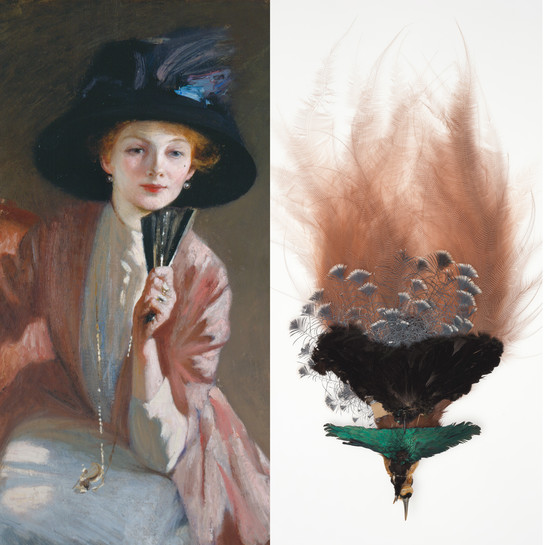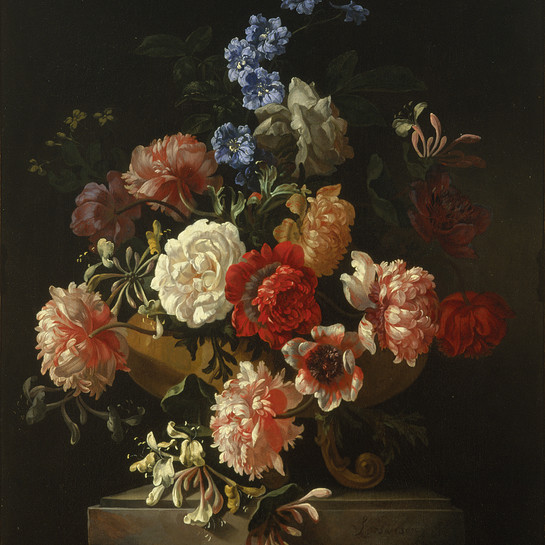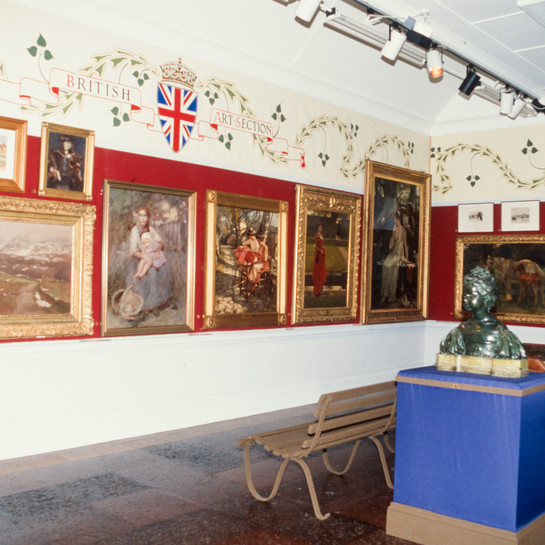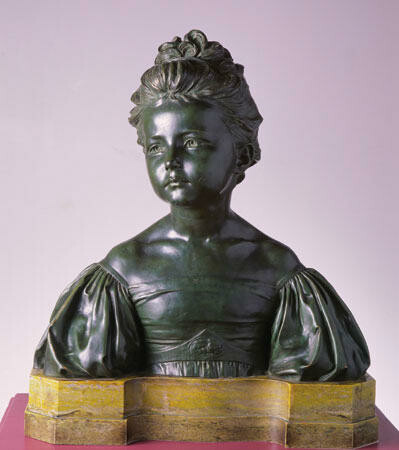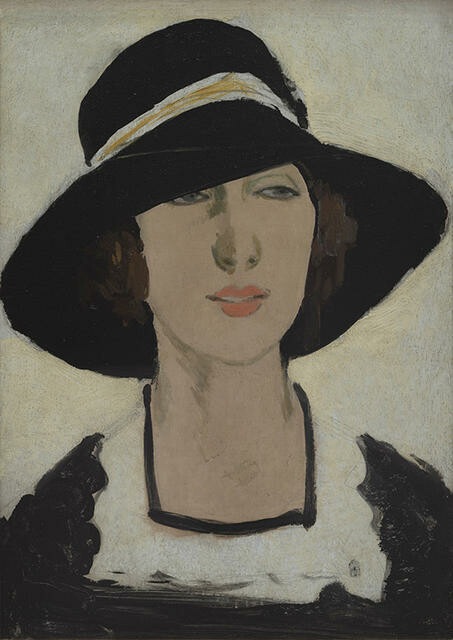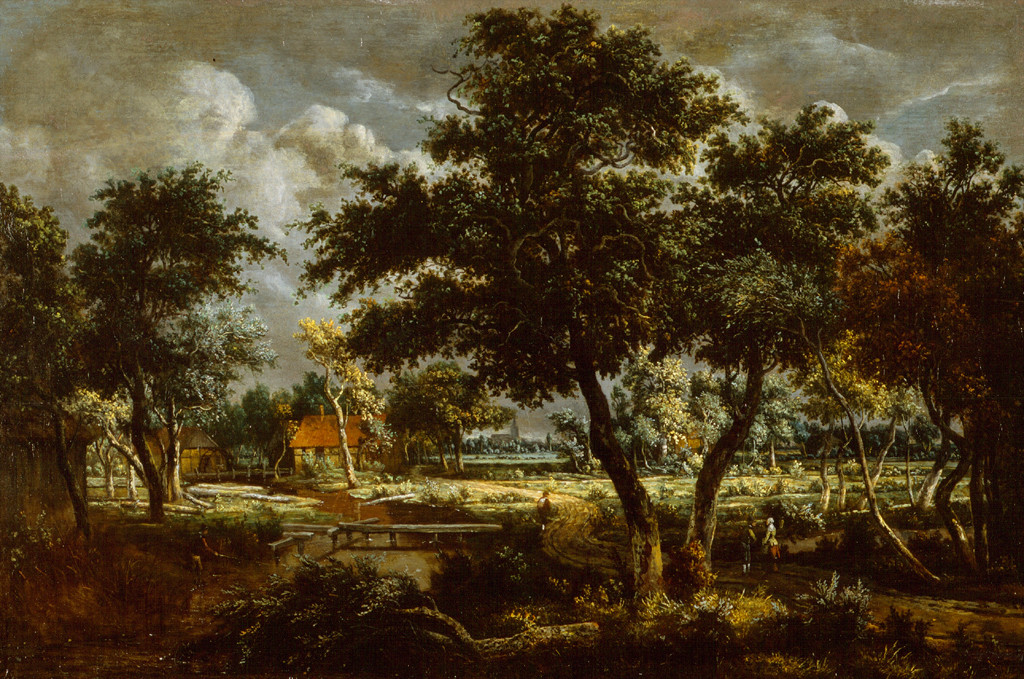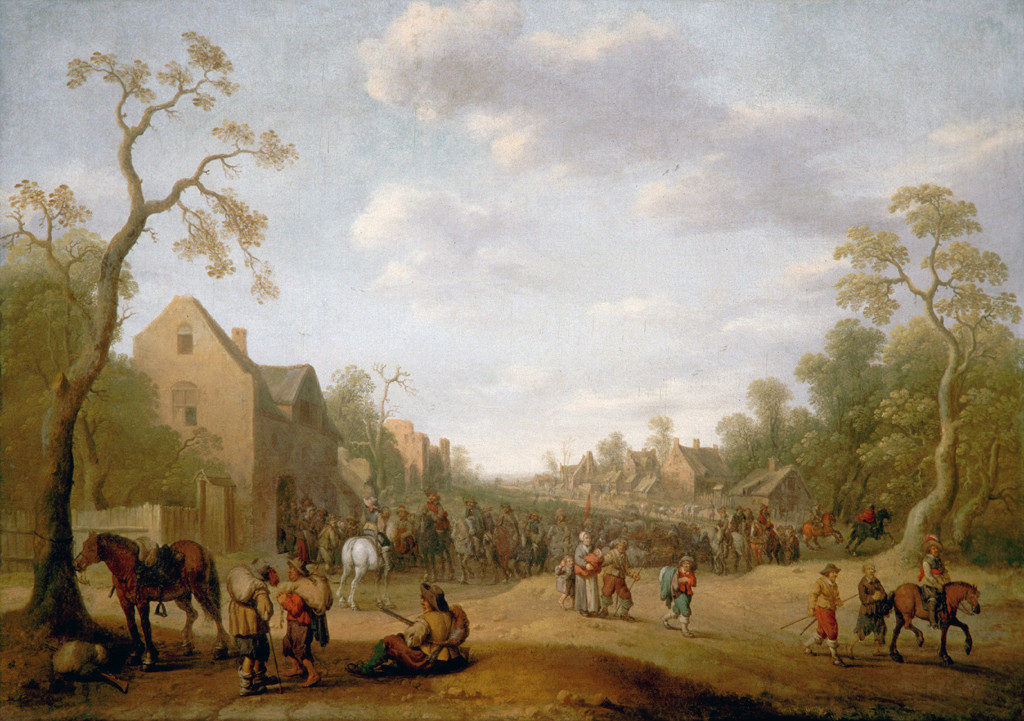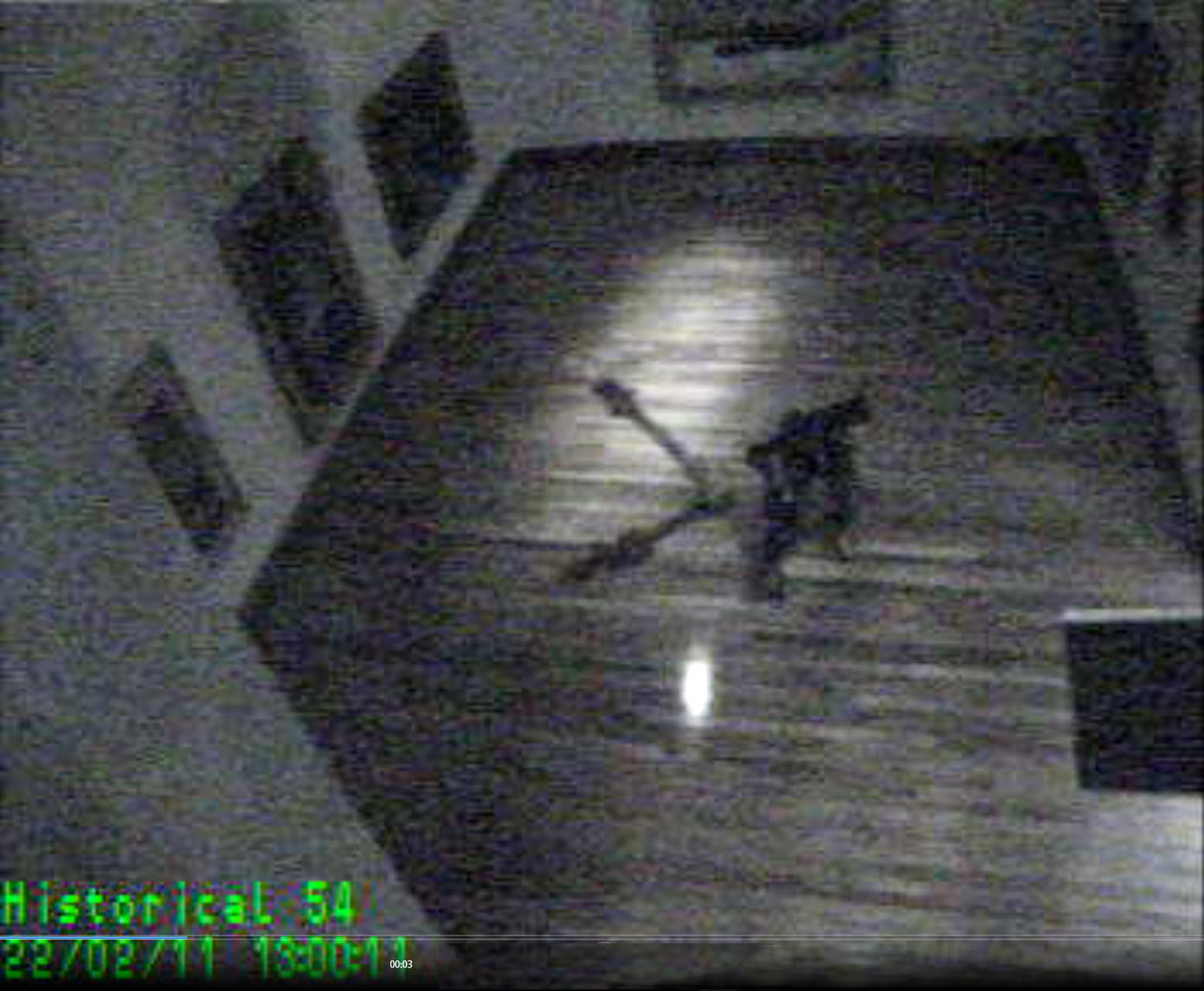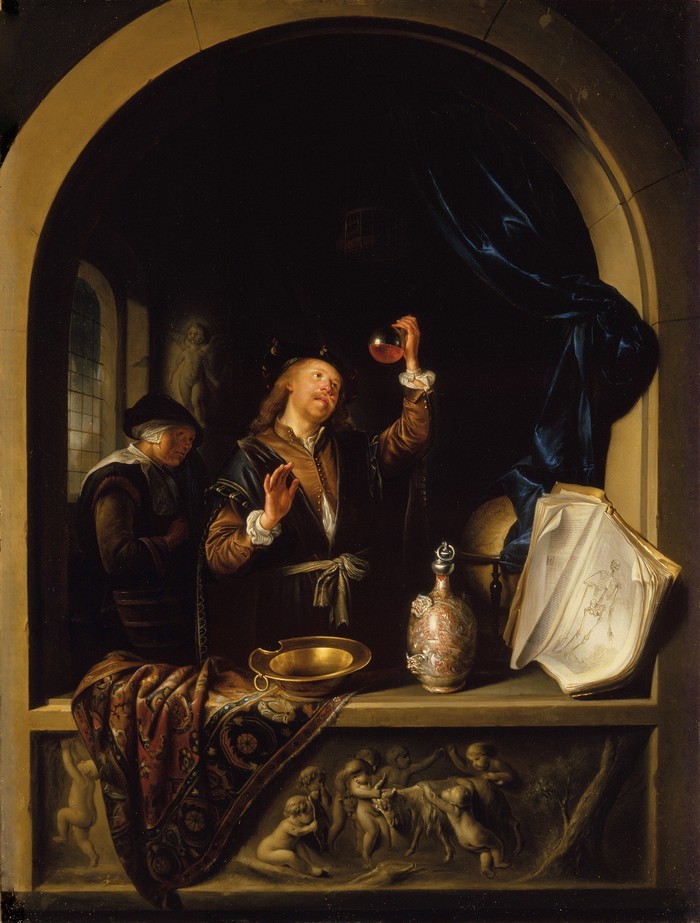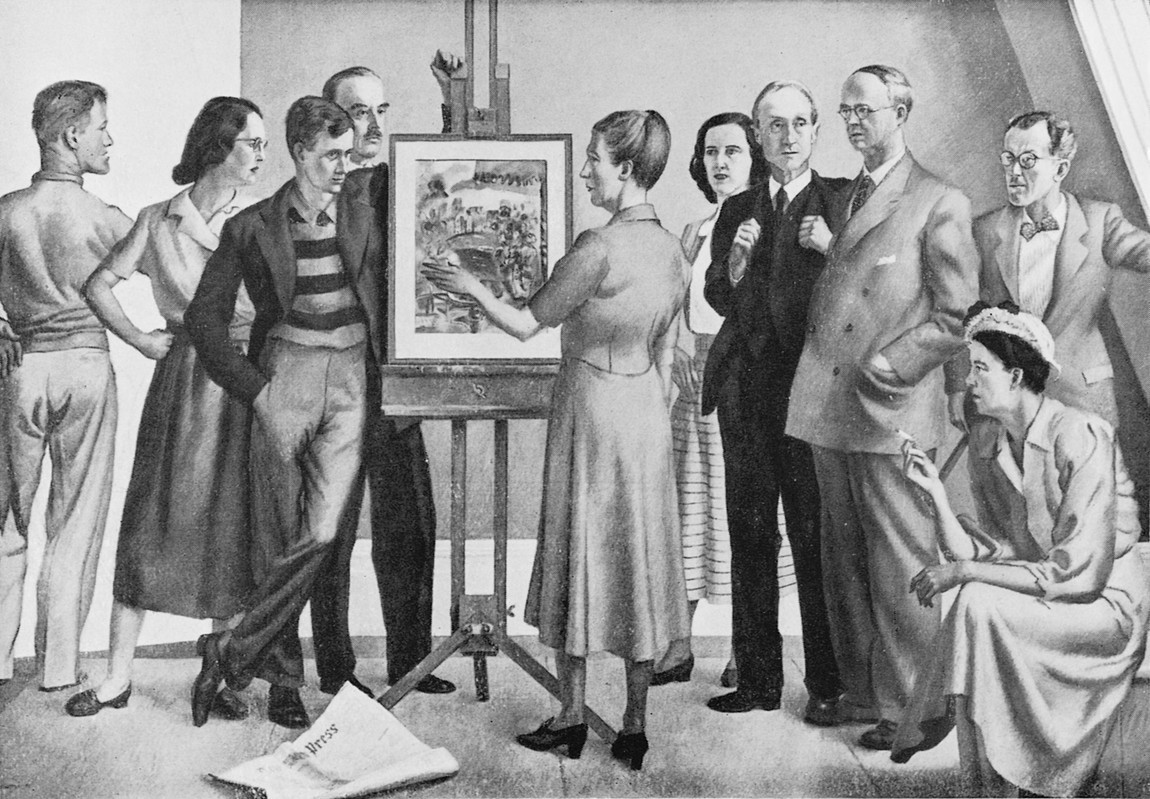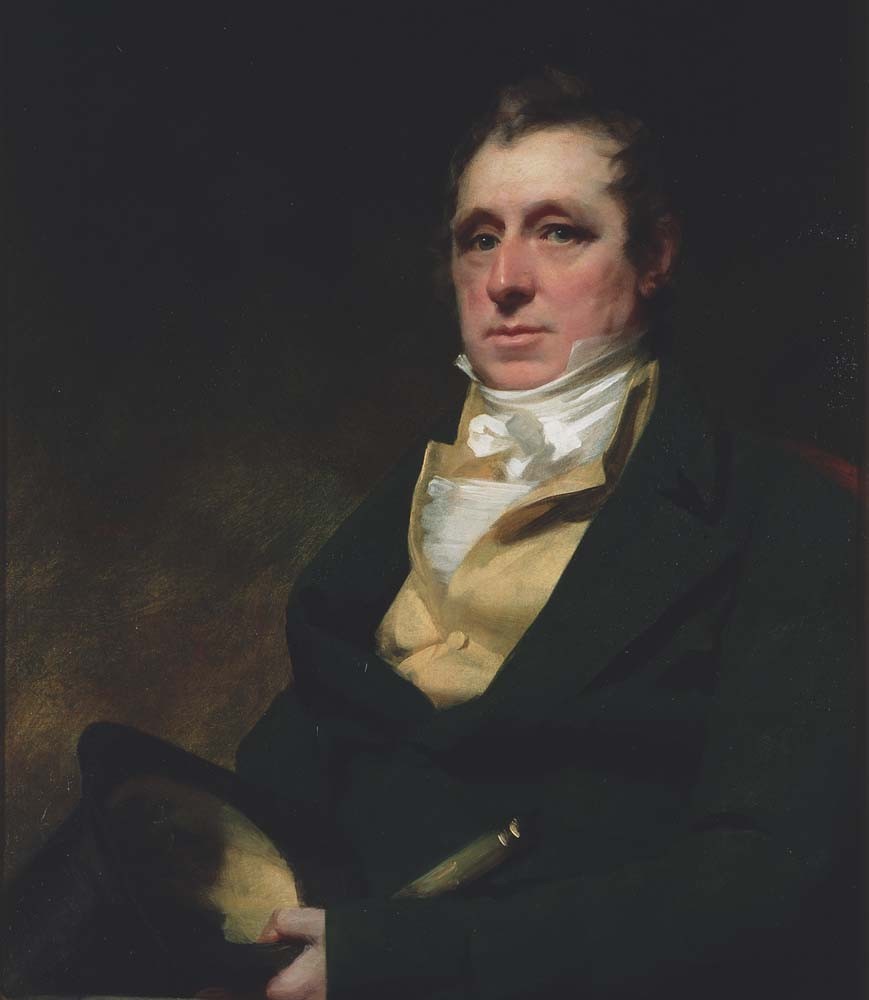Alfred Drury
British, b.1856, d.1944
The Age of innocence
- 1897
- Bronze
- Presented by the Canterbury Society of Arts, 1932
- 512 x 510 x 220mm
- 69/554
Tags: dresses (garments), girls, people (agents), youth
Alfred Drury modelled this sculptural bust after a friend’s daughter, and made numerous variations of it between 1897 and 1918. Most were cast in bronze, but some were carved in white marble. The Age of Innocence was first shown in Aotearoa New Zealand in 1903 and 1904 when Drury was completing a massive commemorative statue of Queen Victoria, commissioned for Wellington and unveiled in 1905. This version was purchased by the Canterbury Society of Arts at the 1906–07 exhibition, and is seen as reflecting the goals of the British New Sculpture movement, whose followers sought greater naturalism and symbolic qualities than found in the prevailing neoclassical approach of the time.
(Ship Nails and Tail Feathers, 10 June – 22 October 2023)
Exhibition History
Treasury: A Generous Legacy, 18 December 2015 – 27 November 2016
Modelled by Alfred Drury after a friend’s daughter in fancy dress, this wistful bronze bust is one of many variations of The Age of Innocence he made between 1897 and 1918; some in white marble. It is regarded as an important work in the British New Sculpture movement, whose followers sought either greater naturalism or symbolic qualities than had been found in the prevailing neoclassical approach.
Brought from England to Christchurch for the 1906–07 New Zealand International Exhibition, it was purchased by the Canterbury Society of Arts, and presented to the city in 1932 to become part of the Robert McDougall Art Gallery’s founding collection.
Alfred Drury’s The Age of Innocence portrays a beautiful and idealised image of a young girl whose features are perfectly proportioned. Innocence was a quality to be valued and protected in Victorian society and morally uplifting sculptural works of this kind were very common in the foyers of public buildings and fashionable drawing rooms of the day. One of several versions by Drury, this bust was brought to New Zealand in 1906 as an exhibit in the British Section of the ‘New Zealand International Exhibition’. It was much admired. The original was cast in bronze and exhibited at the Royal Academy, London, in 1897. Born in London, Drury studied at the Oxford School of Art and then the Royal College of Art, London, under Aimé-Jules Dalou (1838 -1902). He began exhibiting at the Royal Academy in 1885 and was made an Associate in 1900. He was commissioned to produce many public sculptures, including reliefs and figures on the main entrance facade to the Victoria and Albert Museum. (Label date unknown)
